Productive Cities 2
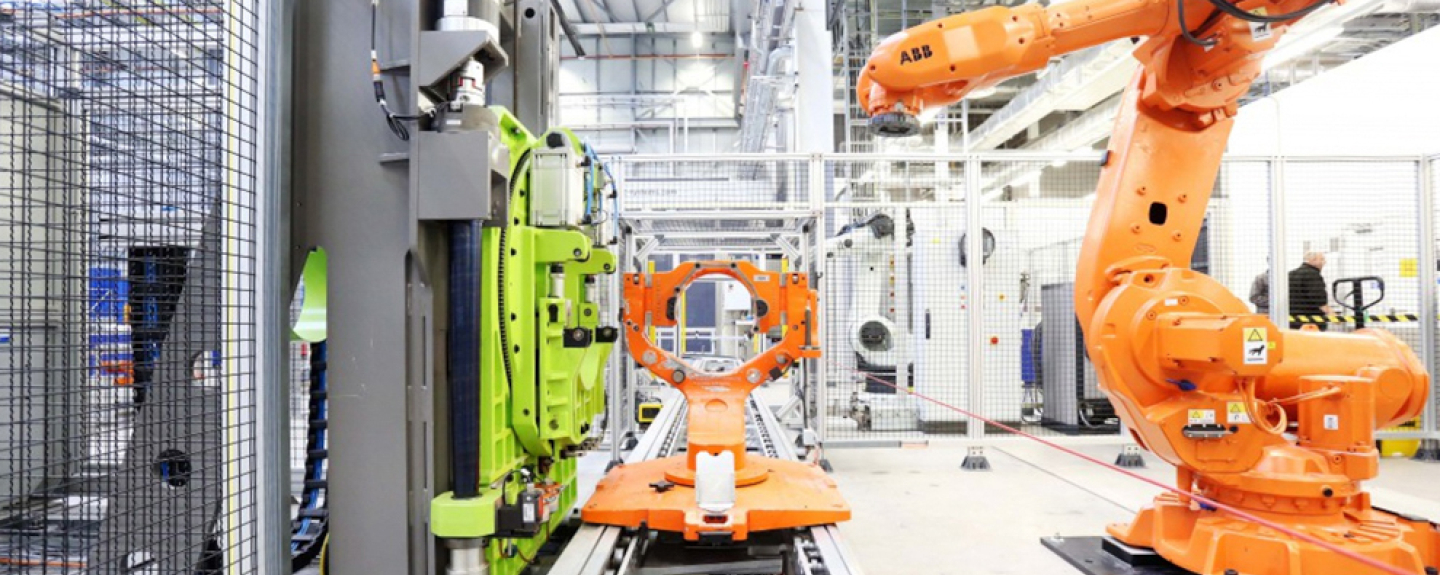
The topic of Europan 15, “Productive Cities 2”– is a complex and crucial theme in the contemporary cities of Europe. This session of Europan deals with the dynamics of synergies, and how this can influence productivity in the cities of the future. The competition looks at synergies between ecosystems, biotopes and artefacts, between functions and uses and between citizens. Creating synergies between these elements pursue a new way of thinking about the city. Can young architects contribute to commit the urban authorities to be more aware of their responsibilities towards the environment and life?
“Productive Cities 2 ” delves into the themes of resources, mobility and equity. The theme of Resources is about minimizing consumption and contamination of resources. It deals with energy, and how to share resources. How can young architects imagine social and technical innovations on the theme of resources? The second theme, Mobility questions how to integrate movability and accessibility into the productive territories compatible with urban life. The third theme, equity focuses on how spatial equity can contribute to social equity and how to connect the social and the spatial. How can one create a productive balance between territories, between urban and rural, between the rich and the poor?
All the European sites in Europan 15 are categorized in three different site families; Implanting, Creating Proximities and Changing Metabolism.
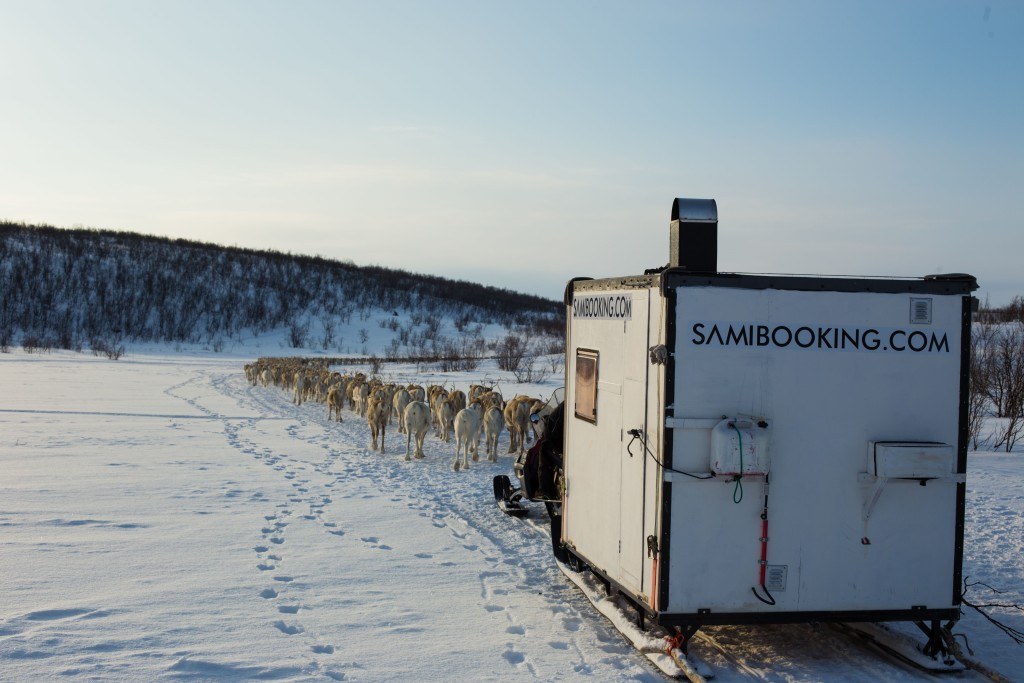
Implanting is about introducing or reactivating productive resources in the urban environment. Research activity is an example of such a productive resource. Raufoss is in this site family, under the subtopic of “Productive Milieus”. This is the level where a natural, cultural, social or economic environment is implanted or revitalised. The architects need to activate human and nonhuman resources as well as an ecosystem of partners, while at the same time paying attention to integrative values between nature and culture.
Creating Proximities is about creating new relations and synergies within urban territories and everyday life. Rødberg is in this site family under the subtopic of “Third Spaces In Between”. This space can be a new space inserted between heterogeneous populations, housing and production spaces. It can transform current production cycles to create new relations and synergies with urban territories and everyday life. It allows for alternative proximities, between urban actors and users, which may often be isolated in their own production cycles.
Changing Metabolism is about relations, processes and flows of multiple forces, and the theme highlights the necessity to define the agents and the long- and short-term cycles that act in the situation and seek a balanced growth. Guovdageaidnu is in this site family, in the subtopic of “Multiplying and connecting agencies”. Here, the architects must incorporate new agencies and new layers of functions into their proposals, and seek solutions that lead to balanced growth.
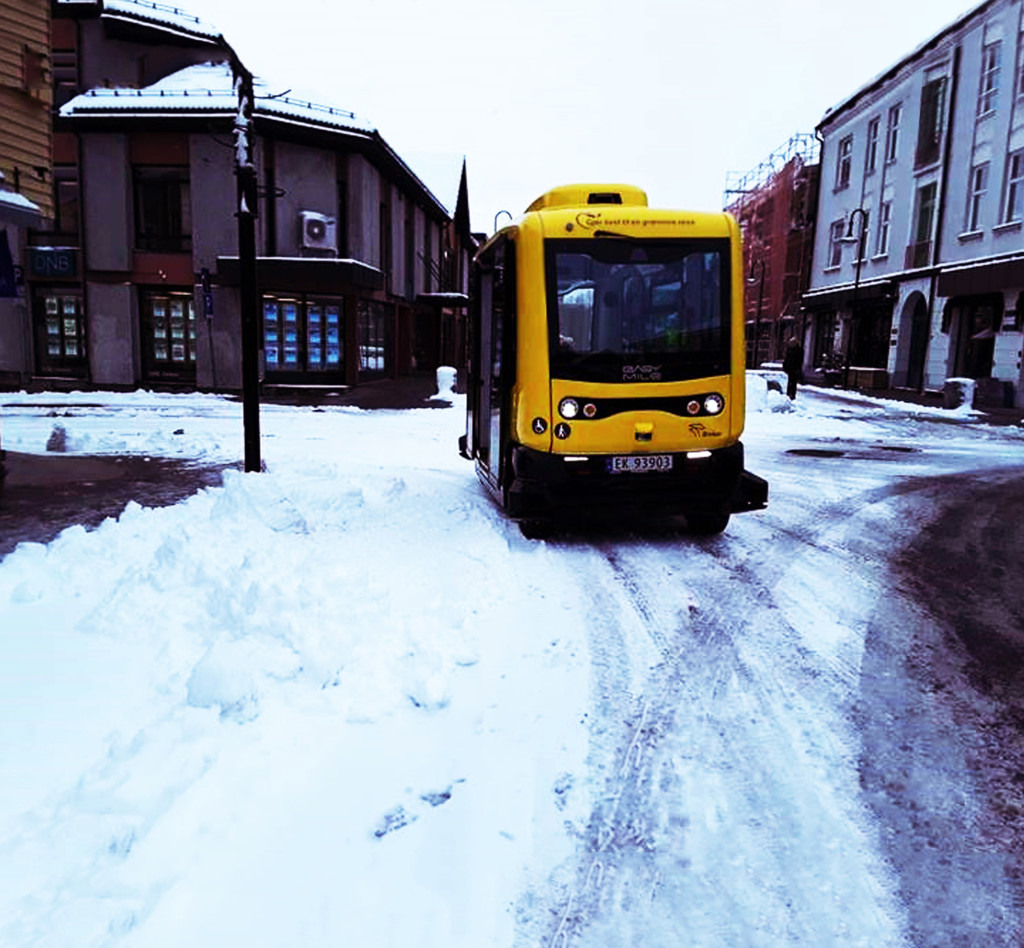
The sites
-
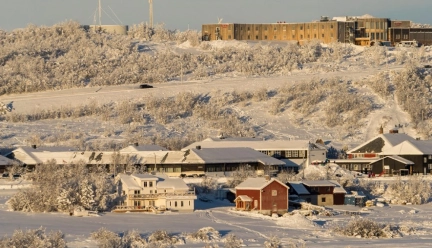
Guovdageaidnu
How can the community capitalize on traditional know-how and self-reliance combined with advanced…
-
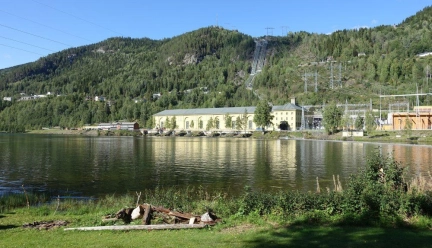
Rødberg
How can Rødberg develop more attraction both for local residents, second home dwellers, investors…
-
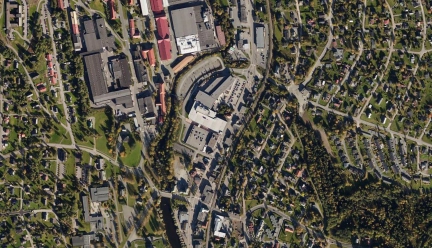
Raufoss
Raufoss asks how can there be more synergies between the community center and the cornerstone…